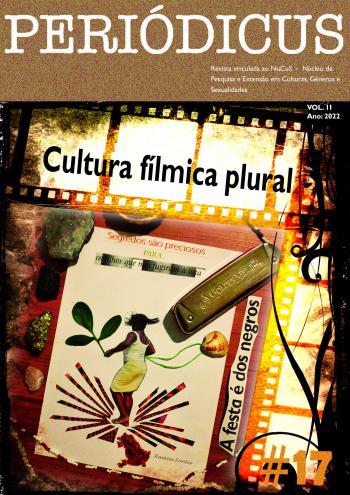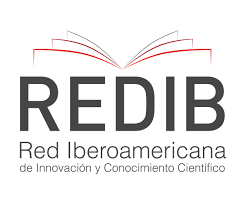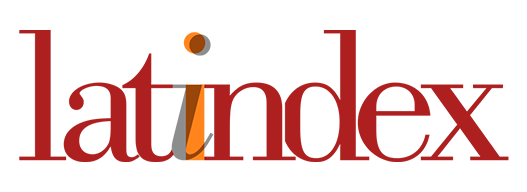Photographs and Monsters
queer and crip framing in Diane Arbus’s works
DOI:
https://doi.org/10.9771/peri.v2i17.45613Abstract
This paper analyzes Diane Arbus photographs, specifically those referring to (dis)framings of freak or monstrous bodies. To do so, it first problematizes the ethics in photography and its use as a disciplinary device that reifies the norm, especially when it comes to the control and surveillance of bodies. It then analyzes the life and some of Diane
Arbus’ works and the relationship she established with the photographed individuals. Arbus’ photographs mobilize an
aesthetic of the “Other” which opens epistemological fissures for the Queer and Crip, breaking with the historical
photographic framings used to capture images of freak or monstrous bodies from the lens of spectacle and/or tragedy.
Diane Arbus’ photographs allow us to see bodies that cannot be imprisoned by portraying existences that reject the norm, monstrous desiring bodies, and livable lives.
Downloads
Downloads
Published
How to Cite
Issue
Section
License
Copyright (c) 2022 Lina Ferrari de Carvalho, João Manuel de Oliveira

This work is licensed under a Creative Commons Attribution-NonCommercial 4.0 International License.
Authors who publish in this journal agree to the following terms:
Authors retain copyright and grant the journal the right of first publication, with the work simultaneously licensed under a Creative Commons Attribution Noncommercial License that allows the work to be shared with acknowledgment of authorship and initial publication in this journal, but prohibits commercial use.
Authors are authorized to enter into separate additional contracts for non-exclusive distribution of the version of the work published in this journal (e.g., publishing in an institutional repository or as a book chapter), with acknowledgment of authorship and initial publication in this journal.
Authors are permitted and encouraged to publish and distribute their work online (e.g., in institutional repositories or on their personal website) at any point before or during the editorial process, as this can generate productive changes and increase the impact and citation of the published work (see The Effect of Open Access).








